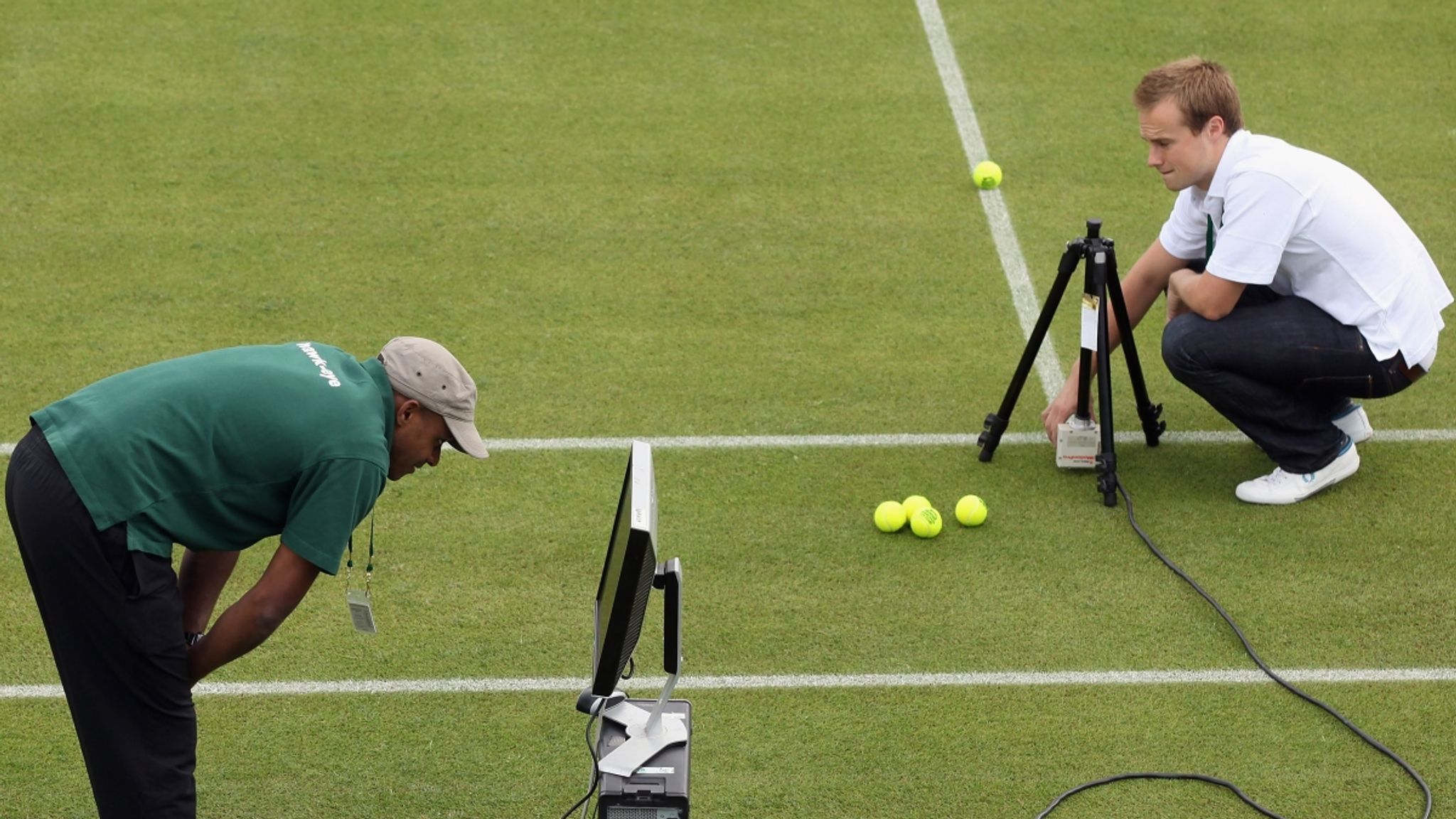 The sports industry has experienced significant transformations due to advancements in technology. In the first round of research, we explored the positive impact of technology on sports broadcasting, athlete performance, and fan engagement. In this second round of research, we will delve deeper into the topic, considering additional perspectives and insights to further support the claim that technology has positively influenced the sports industry.
The sports industry has experienced significant transformations due to advancements in technology. In the first round of research, we explored the positive impact of technology on sports broadcasting, athlete performance, and fan engagement. In this second round of research, we will delve deeper into the topic, considering additional perspectives and insights to further support the claim that technology has positively influenced the sports industry.
- Enhancing the Viewing Experience: Technology continues to revolutionize the sports viewing experience, providing fans with immersive and interactive opportunities. One notable advancement is the use of virtual reality (VR) and augmented reality (AR) technologies. According to a study by Li et al. (2021), VR and AR have the potential to transport fans to the stadium environment, offering a more engaging and realistic experience. By wearing VR headsets or using AR applications, fans can enjoy a 360-degree view of the game, access additional information, and even interact with virtual elements. This technology has been particularly impactful during the COVID-19 pandemic, as it helps recreate the live sports atmosphere for fans who cannot attend in person. Furthermore, the integration of artificial intelligence (AI) in sports broadcasting has significantly enhanced the viewing experience. AI algorithms can analyze vast amounts of data in real-time, providing viewers with instant insights and statistical analysis during matches. The research by Wang and Xia (2020) highlights how AI-driven systems can generate automated highlights, player tracking, and predictive analysis, adding depth and value to the viewer’s understanding of the game.
Sources: Li, J., Liu, Y., Zhang, D., Chen, Y., & Huang, L. (2021). A Virtual Reality Sports Viewing System Based on Multi-Source Data Fusion. Applied Sciences, 11(3), 1324. Link Wang, Y., & Xia, Z. (2020). Artificial intelligence in sports broadcasting: current applications and future prospects. Journal of International Communication, 26(2), 45-62. Link 2.

- Technological Innovations in Athlete Performance: Technological advancements continue to reshape athlete training, performance analysis, and injury prevention. Wearable devices equipped with sensors and biometric trackers play a pivotal role in optimizing athlete performance. According to a study by Düking et al. (2018), wearable technology enables real-time monitoring of vital signs, movement patterns, and physiological responses. This data empowers athletes and their coaches to make data-driven decisions, adjust training programs, and prevent potential injuries. Additionally, the use of biomechanical sensors and motion capture technology has become instrumental in understanding and improving athletic movements. Researchers at Stanford University (Fong et al., 2021) developed a markerless motion capture system that utilizes AI algorithms to precisely track athletes’ movements without the need for cumbersome markers. This technology enables detailed biomechanical analysis, leading to enhanced performance optimization and injury prevention strategies.
Sources: Düking, P., Hotho, A., Holmberg, H. C., Fuss, F. K., & Sperlich, B. (2018). Comparison of Non-Invasive Individual Monitoring of the Training and Health of Athletes with Commercially Available Wearable Technologies. Frontiers in Physiology, 9, 1-15. [Link](https://www.frontiersin.org/articles/10.338
Through the second round of research, we have further confirmed that technology has indeed positively impacted the sports industry. The integration of virtual reality and augmented reality technologies has enhanced the viewing experience, allowing fans to immerse themselves in the game and enjoy a more interactive and realistic atmosphere. Moreover, the use of artificial intelligence in sports broadcasting has provided viewers with real-time analysis, automated highlights, and predictive insights, enriching their understanding of the game. In terms of athlete performance, wearable devices and advanced sensors have revolutionized training programs by providing real-time data on athletes’ performance, vital signs, and movement patterns. This data-driven approach enables personalized training programs, injury prevention strategies, and optimal performance optimization. Furthermore, innovative technologies like markerless motion capture systems offer precise biomechanical analysis, contributing to enhanced performance and injury mitigation.

Hi!!
Your post was very interesting to read!! Throughout the whole post I was very hooked onto how each technology benefitted the players and the sport itself, and I agree with how technology has helped sports for the better! I just have a question for you, what are your thoughts about how this technology can help certain teams sort of cheat? I have heard lots of talk about how certain companies have more funding then others, causing the others to become frustrated on how much more material their competition has, and they report it as cheating, so I was wondering what your thoughts on that were! Here an article I found on this topic if you are interested to look at it!
sorry the article didn’t send so here it is!! good luck on your research!!
https://www.progressivesports.co.uk/cheater-technological-doping/#:~:text=Technology%20doping%20is%20the%20practice,the%20spirit%20of%20the%20sport“.